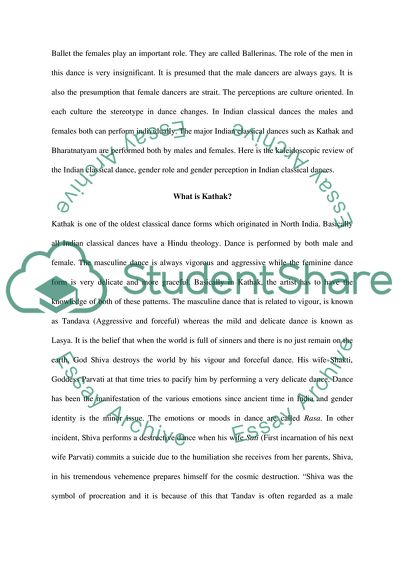Cite this document
(“Dance and Identity Essay Example | Topics and Well Written Essays - 2500 words”, n.d.)
Retrieved from https://studentshare.org/performing-arts/1419081-dance-and-identity
Retrieved from https://studentshare.org/performing-arts/1419081-dance-and-identity
(Dance and Identity Essay Example | Topics and Well Written Essays - 2500 Words)
https://studentshare.org/performing-arts/1419081-dance-and-identity.
https://studentshare.org/performing-arts/1419081-dance-and-identity.
“Dance and Identity Essay Example | Topics and Well Written Essays - 2500 Words”, n.d. https://studentshare.org/performing-arts/1419081-dance-and-identity.


